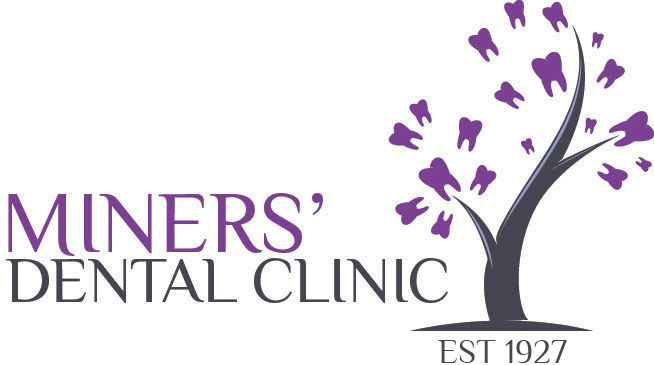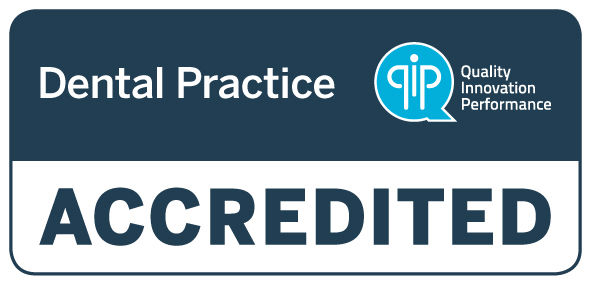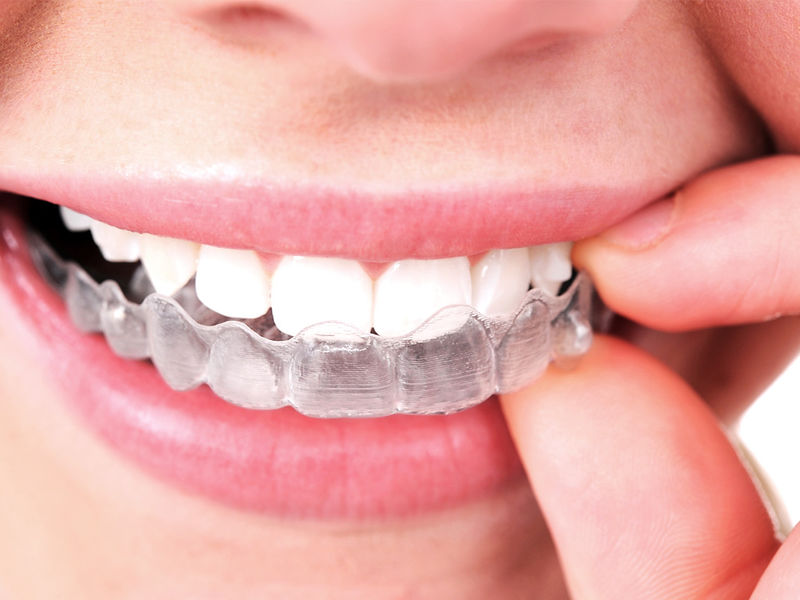If you've been on the fence about whether or not your teenager should get Invisalign, then it's time to consider all sides of the debate. For teenagers with misaligned teeth, braces and Invisalign both present viable options for straightening their smiles � but is one really better than the other for this age group?
Here, we want to unpack each treatment�s pros and cons specifically for teenagers in order to help parents make an informed decision. So if you're wondering what kind of orthodontic therapy would be best suited to your teen's needs, arm yourself with knowledge first! Read on as we explore if Invisalign truly makes sense when considering your teenage son or daughter.
Understanding Invisalign
Invisalign is a type of orthodontic treatment that uses clear, removable aligners to gradually straighten teeth. It is a popular alternative to traditional metal braces because the aligners are virtually invisible and can be removed for eating and brushing.
Invisalign aligners are made of a clear, BPA-free plastic material that is custom-made to fit over your teeth. The aligners work by applying gentle pressure to your teeth, gradually moving them into the desired position over time.
The Invisalign treatment process begins with a consultation with a trained Invisalign provider. Your provider will evaluate your teeth and bite to determine if Invisalign is the right treatment option for you. If you are a good candidate, your provider will take impressions, photos, and X-rays of your teeth to create a digital 3D model of your mouth.
Using this digital model, your provider will create a customized treatment plan that outlines the movements of your teeth and the length of your treatment. You will then receive a series of clear aligners that are designed to gradually move your teeth into their new positions.
Each set of aligners is typically worn for one to two weeks before being replaced with the next set in the series. You will need to wear your aligners for at least 22 hours a day to ensure optimal results.
Pros of Having Invisalign
There are several advantages to choosing Invisalign as your orthodontic treatment option. Here are some of the pros of Invisalign:
- Aesthetics: Invisalign aligners are made of a clear, nearly invisible plastic material that makes them much less noticeable than traditional metal braces. This can be particularly appealing to adults and teens who are self-conscious about wearing braces.
- Comfort: Invisalign aligners are custom-made to fit your teeth, which can make them more comfortable to wear than traditional braces. The plastic material is also less likely to cause irritation to your gums and cheeks.
- Removability: Invisalign aligners are removable, which makes them convenient for eating, brushing, and flossing. This means that you won't need to avoid certain foods or change your oral hygiene routine during treatment.
- Predictable results: Invisalign treatment uses advanced computer technology to create a 3D model of your teeth and plan out the movements required to achieve your desired results. This can help to ensure more predictable and precise results than traditional braces.
- Shorter treatment time: In some cases, Invisalign treatment can be completed in a shorter amount of time than traditional braces. This can vary depending on the severity of your orthodontic issues, but in general, Invisalign treatment takes between 12 and 18 months.
Overall, Invisalign can be an effective and convenient orthodontic treatment option for many patients. If you're interested in Invisalign, it's a good idea to talk to your dentist or orthodontist to determine if it's the right choice for your specific needs.
Cons of Having Invisalign
While Invisalign has many advantages, there are also some potential drawbacks to consider:
- Cost: Invisalign treatment can be more expensive than traditional metal braces, depending on your specific treatment needs and the length of your treatment.
- Discipline: Invisalign aligners are removable, which means that you will need to be disciplined about wearing them for at least 22 hours a day for optimal results. Failure to do so can prolong your treatment time or even compromise your results.
- Initial discomfort: Like traditional braces, you may experience some discomfort or soreness during the initial stages of your Invisalign treatment as your teeth adjust to the aligners.
- Maintenance: Invisalign aligners require regular cleaning and maintenance to keep them clean and free of bacteria. Failure to do so can lead to bad breath, discoloration, or other oral health problems.
Is Invisalign a Worthy Investment?
Whether or not Invisalign is worth the price depends on your individual circumstances and goals. Invisalign can be more expensive than traditional metal braces, but many patients find that the benefits of Invisalign justify the higher cost.


